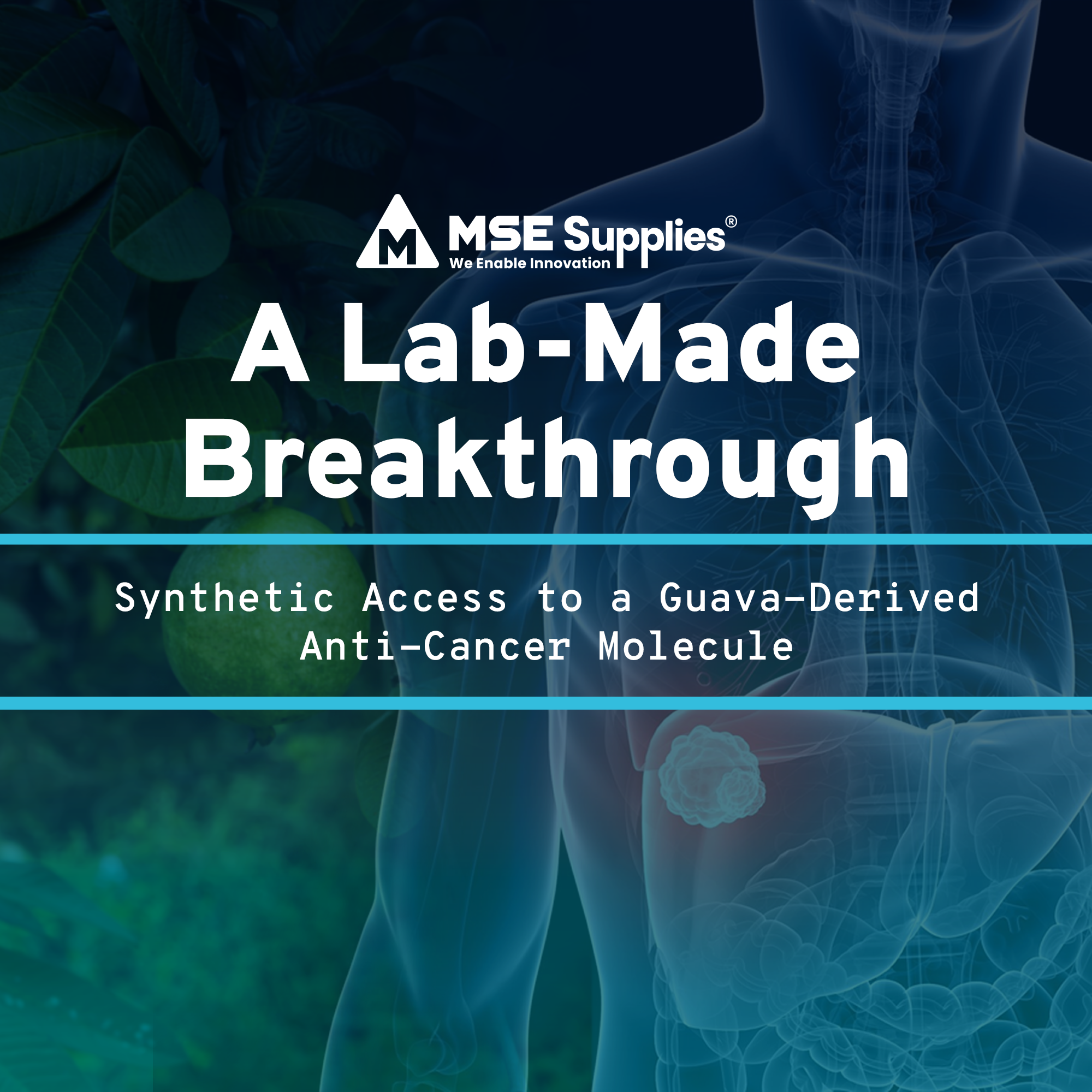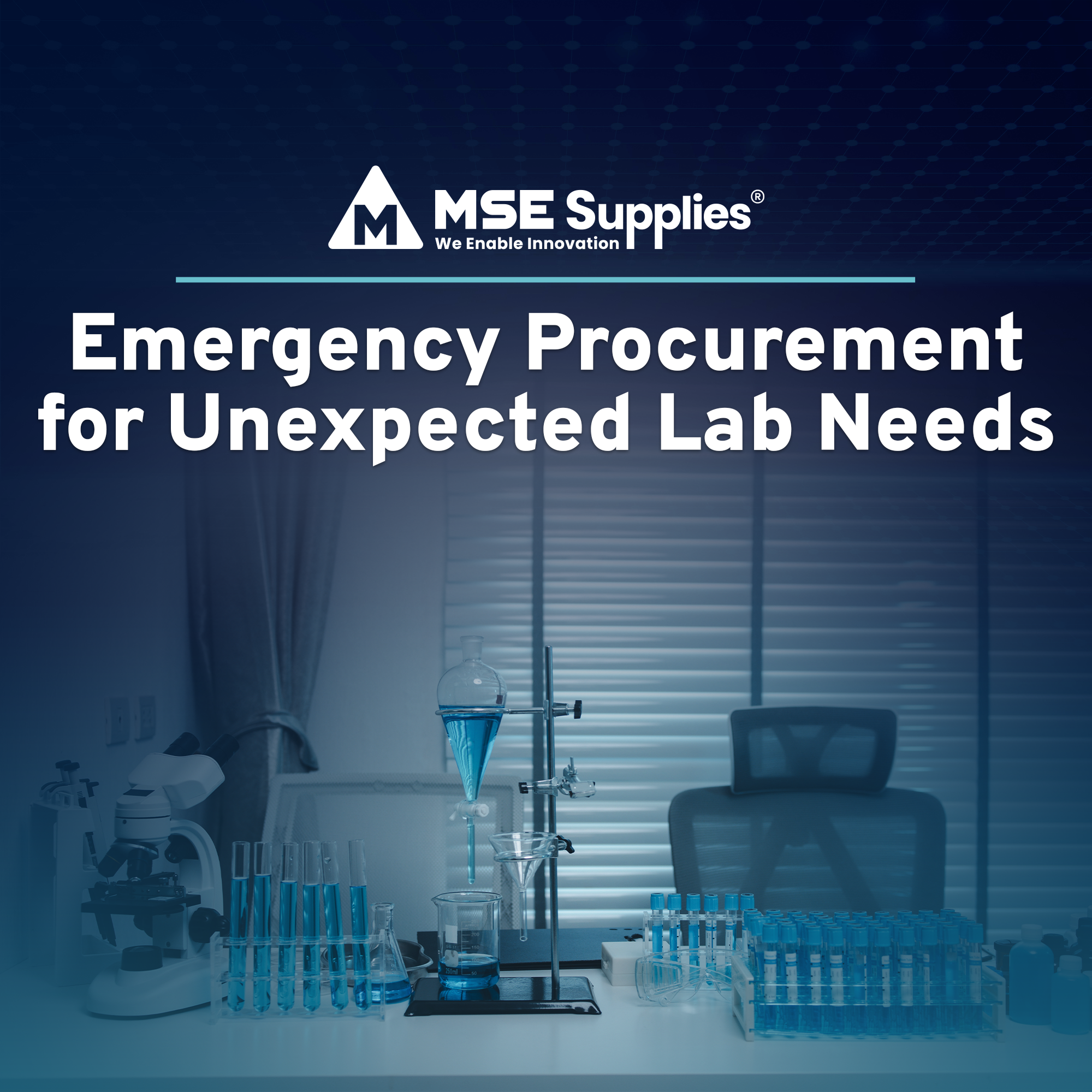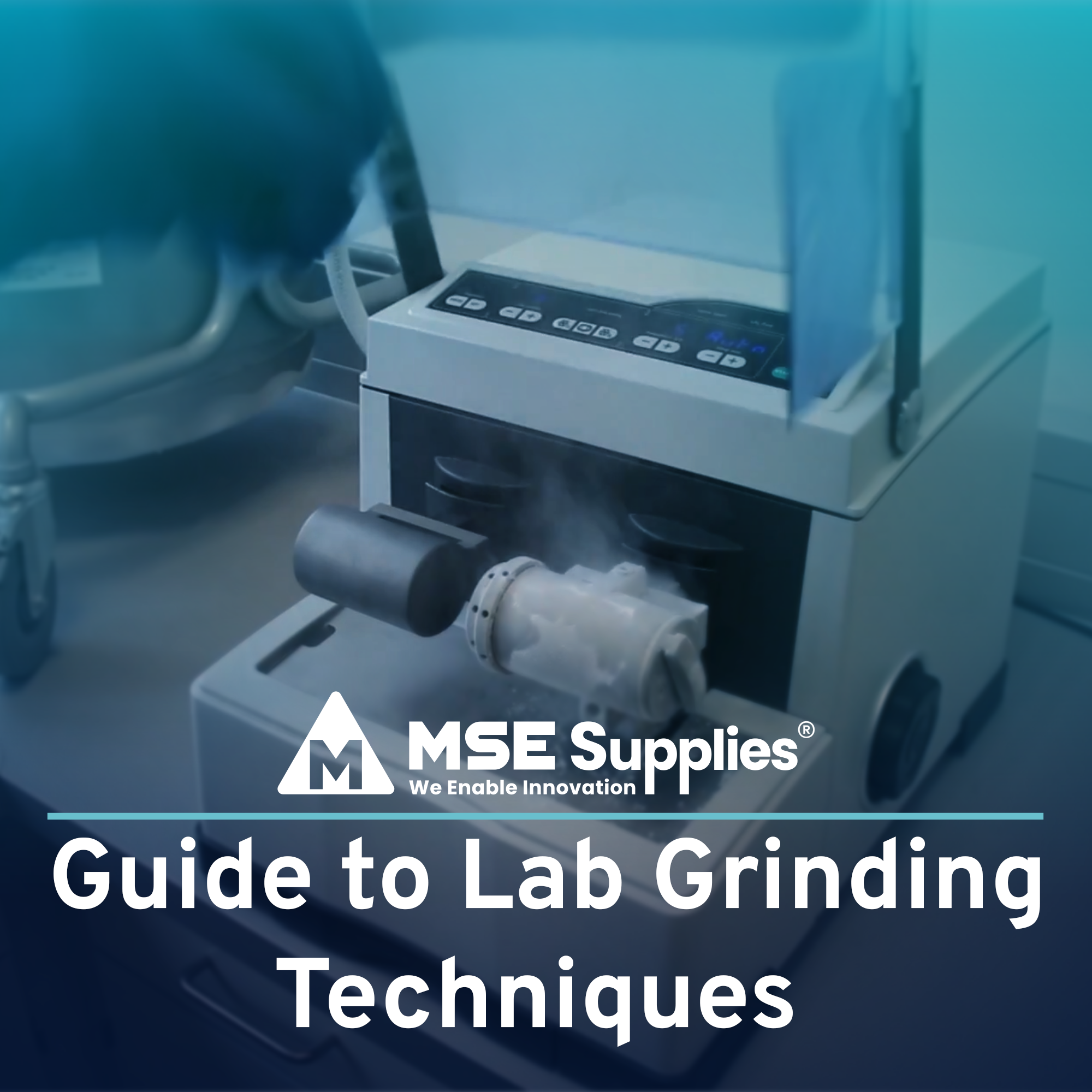The Exciting World of Single Atom Catalysts (SACs) and Their Applications
Posted by Marketing Team on

What are Single Atom Catalysts (SACs)?
Single Atom Catalysts (SACs) can be defined as catalysts made of individual metal atoms uniformly dispersed in a supporting material. These single atoms further serve as active sites for the catalytic reactions; this means that the metal atoms are well utilized and greater catalytic efficiency is achieved. SACs have advantages in activity, selectivity and stability compared to the traditional large atom cluster-based catalysts.
SACs have become a focal point in catalysis research due to their unique properties. Single metal atoms dispersed on the surface of the support like carbon, metal oxides or other materials create a very active site for enhancing the reaction rates and selectivity. This maximization of atom efficiency is needed since many of the catalytic processes require expensive and scarce precious metals. Because one can utilize all those atoms in the catalyst, there will be few losses and the process will be more cost-efficient and less waste, especially for large-scale industries.

Key Applications of SACs
-
Environmental Catalysis
SACs have been found to be highly useful in the removal of pollutants within environmental catalysis because they enhance the degradation of pollutants. They are very active in the removal of volatile organic compounds (VOCs) and the suppression of nitrogen oxides (NOx) within the environment. This makes them very useful in processes aimed at preventing air pollution and promoting green chemistry. SACs have high activity and selectivity, which are useful in the process of degradation of undesirable substances into less hazardous products thereby leading to the production of cleaner air and a healthier environment.
For example, in the case of VOCs oxidation, SACs can achieve high conversion rates compared to other materials at low temperatures, which is critical in energy saving for pollution control. SACs also work selectively, thus they can oxidize specific pollutants without the formation of other toxic species which in turn makes them useful in environmental applications.
- Energy Conversion
-
Fuel Cells: SACs perform with maximum atom efficiency and well-defined active sites. They have been used as part of the electrodes to help facilitate the rate at which reduction/oxidation occurs and the balance between the working electrode and the other electrodes at the reaction surface to improve device efficiency. SACs facilitate enhancement in the efficiency of energy generation or output from the fuel cells and increase their operational lifetime by enhancing the catalytic activity on the electrodes. This is more so when it comes to the advancement of strong and effective fuel cell technology for the enhancement of sustainable energy solutions.
-
Hydrogen Production: SACs are also pivotal in hydrogen production through water splitting. They reduce the energy barriers for the electrolysis of water, making the process more efficient and sustainable. This efficiency is crucial in the identification of cleaner energy technologies as well as phase out fossil fuel dependency and decrease of adverse environmental effects. Due to their high activity and stability under operational conditions, SACs are identified as promising candidates for the large-scale production of hydrogen.
Hydrogen, often considered the fuel of the future, requires efficient production methods to become a viable alternative to fossil fuels. SACs' ability to lower the activation energy for water-splitting reactions means that hydrogen can be produced more efficiently and at a lower cost, which is a significant step toward a sustainable hydrogen economy.
-
Chemical Synthesis
In chemical synthesis, SACs are known for their exceptional selectivity and efficiency. They enable precise control over chemical reactions, which is very useful in the formation of organic structures and pharmaceuticals. This makes the industrial processes more efficient as there will be more yields with little by-product formation. Key applications in chemical synthesis include:
-
Oxidation
Single Atom Catalysts offer the best characteristics in oxidation reactions since the active site is well-isolated and increases selectivity as well as efficiency. They have found good use in the oxidation of hydrocarbons and alcohols displaying great performance over ordinary catalysts. Due to the high selectivity of SACs in controlling the oxidation states, various reactions that occur minimize the formation of side products.
-
Hydrogenation
The process of hydrogenation simply put, involves the reaction of hydrogen with an unsaturated compound. SACs, especially those with noble metals such as Pt and Pd, can manifest high efficiency in these reactions. Their single-atom active sites can be controlled and reduced to the lowest levels by not giving rise to multiple side reactions thus enhancing the yield of the final product. This makes SACs of great importance, especially in the manufacture of pharmaceuticals, agrochemicals and fine chemicals.
-
C-C Coupling
Fundamental in organic synthesis for building complex molecular structures, SACs have proven to be powerful catalysts for C-C coupling reactions, including Suzuki, Heck, and Sonogashira couplings. The single metal active sites in SACs expose the metal atoms independently to react with the substrate. This gives high selectivity in the formation of C-C bonds, thus being widely used in synthesizing pharmaceuticals and fine chemicals. Selectivity in forming carbon-carbon bonds is significant for elaborating complex molecules as fast as possible.
-
Reforming
Reforming reactions, crucial for producing high-octane fuels and chemicals, benefit significantly from SACs.They improve the effectiveness due to the availability of highly active and stable reaction sites for the catalytic conversion of hydrocarbons. SACs have stable active sites even in harsh conditions due to the strong interactions between the single metal atoms and the support material; this results in high performance as well as durability. This is important for the evolution of better solutions in fuel production to cater to the commercial needs of evolving industries.

- Industrial Applications
-
Petroleum Refining: SACs are applied in petroleum refining operations to enhance the conversion of crude oil to useful products. These two factors, its high selectivity and activity, enable a cleaner and cheaper manner of refining in the petroleum industry. Since SACs permit more efficient catalytic processes, they can minimize the pollution caused by the process of petroleum refining and enhance the sustainability of the process.
- Automotive Catalysts: In the automotive industry, SACs are widely applied in catalytic converters to solve the problems of emissions of hazardous substances from automobiles. It can convert toxic gases such as carbon monoxide (CO2), hydrocarbons and other similar pollutants into less toxic products hence promoting cleaner air. Since SACs are characterized by high catalytic activity and stability–they find application in the automotive industry for meeting driving emission requirements and minimizing the harm that transportation inflicts upon the environment.
Challenges and Future Directions
Despite their advantages, SACs face challenges related to stability and scalability. The existence of single atoms in the proximity as well as the mobility of such atoms results in degradation of the catalyst over time. However, more research is being carried out in creating more stable SACs that stand more conditions that are likely to be encountered in practice. The future of SACs is rather promising; possibly, new advancements can be achieved that will expand the use of this technology even more.
Overall, more prospects belong to SACs in the future, there should and maybe breakthroughs that extend their uses. New support materials and synthesis techniques are envisaged to emerge due to material science and nanotechnology, thereby improving the SAC’s performance and service life. Moreover, the interconnection of SACs with other catalytic systems could also create opportunities for the development of new synergistic catalytic systems where each catalyst type could complement the other’s drawbacks and represent a more sustainable substitute for significant chemical transformations.
MSE Supplies and Single Atom Catalysts
At MSE Supplies, we offer high-quality Single Atom Catalyst products designed to meet the needs of various industries. Our available SACs provide flexibility for your specific applications. We also offer customization options to tailor the catalysts to your unique requirements. Here are some of our featured products:
MSE PRO™ 0.5-2um Co-N-C Single Atom Catalyst (SAC)
The MSE PRO™ Co-N-C Single Atom Catalyst (SAC) is engineered with a single cobalt atom bonded to a nitrogen-doped carbon matrix. This strategic positioning of the active sites creates many lively spaces for reactions hence increasing the total efficiency of the reactions. In addition to fixing the cobalt atoms, the carbon support changes the electronic state of cobalt because of strong chemical interactions, improving the activity of the catalyst in numerous processes. This product is particularly useful in energy storage and conversion, environmental treatment, and chemical manufacturing.
MSE PRO™ 0.5-2um Fe-N-C Single Atom Catalyst (SAC)
Our MSE PRO™ Fe-N-C Single Atom Catalyst (SAC) features iron atoms precisely placed on a nitrogen-doped carbon framework. This configuration ensures nearly 100% atomic utilization, making it highly effective for tasks such as oxygen reduction, hydrogen evolution, and CO2 reduction. The carbon material and the structure of the graphite prevent the disintegration of the iron atoms and enhance the electrons’ performance to the maximum, rendering the new substance highly efficient in catalysis. This SAC is very useful in fuel cells, hydrogen generation, and numerous chemical conversion processes.

MSE Supplies brings forward a wide range of Single Atom Catalysts with Co, Fe, Co-Fe and other kinds of traditional catalysts such as Cu under our wide range of MSE PRO High Purity Inorganic Chemicals. We strive to produce products, the performance of which can be rated as the highest in their categories. Thus, if we ensure that all the SACs offered meet high quality, it can help in the progress of several industries thus developing better technologies that are sustainable and efficient in their functionality.
Single Atom Catalysts (SAC) can be termed a revolution in catalysis due to their efficiency and high selectivity. They have immense potential and are still under exploration, however, MSE Supplies is online offering the best SAC products that facilitate innovation in various firms. Visit our SAC products and find out how they can help you improve your business processes.
Visit the MSE Supplies website to learn more details about our Single Atom Catalysts (SAC) or feel free to call us to be connected to one of our experts and specialists. Like and follow us on our LinkedIn page to stay up to date with current MSE Supplies ventures and developments.
References
-
Yan, H., Su, C., He, J., & Chen, W. (2018). Single Atom Catalysts and their applications in organic chemistry. Journal of Materials Chemistry A, 6(19), 8793–8814. doi:10.1039/c8ta01940a
-
Yu, X., Deng, J., Liu, Y., Jing, L., Hou, Z., Pei, W., & Dai, H. (2022). Single Atom Catalysts: Preparation and Applications in Environmental Catalysis. Catalysts, 12(10), 1239. doi:10.3390/catal12101239
Share this post
- Tags: Brands - MSE PRO, Industry - Chemistry, Industry - Industrial Process, Industry - Life Sciences, Industry - Material Science, Industry - Pharmaceuticals, Products - High Purity Inorganic Chemicals



